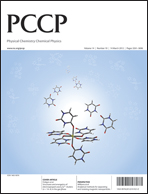Following the two-dimensional periodic single-layer sheet successful synthesized experimentally very recently [Adv. Mater., 2011, 23, 4497], we present systematically the electronic and magnetic properties of this novel polymer (referred to as C4H) without and with strain-modifying, vacancy-doping, and nonmetal element (B, N, and P) doping by means of first-principles calculations. It was found that: (a) the C4H sheet is a nonmagnetic semiconductor with a wide indirect band gap. (b) The atomic structure, binding energies and electronic properties of the C4H sheet could be significantly modified by applying strain. (c) Vacancy defects can lead to intrinsic magnetism in C4H and, surprisingly, the induced spin polarization has large spatial extension; especially, room-temperature ferromagnetism in H vacancies-doped case is quite feasible. (d) Substitution of B, P and N at the unhydrogenated C site could form a local magnetic moment, whereas no spin-polarization could be induced for that with N at the hydrogenated C site. The present study provides theoretical insight leading to a better understanding of novel 2D structures, and further experimental studies are expected to confirm the attractive predictions.

You have access to this article
 Please wait while we load your content...
Something went wrong. Try again?
Please wait while we load your content...
Something went wrong. Try again?


 Please wait while we load your content...
Please wait while we load your content...